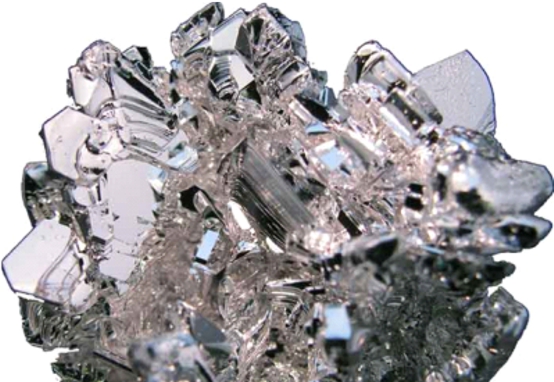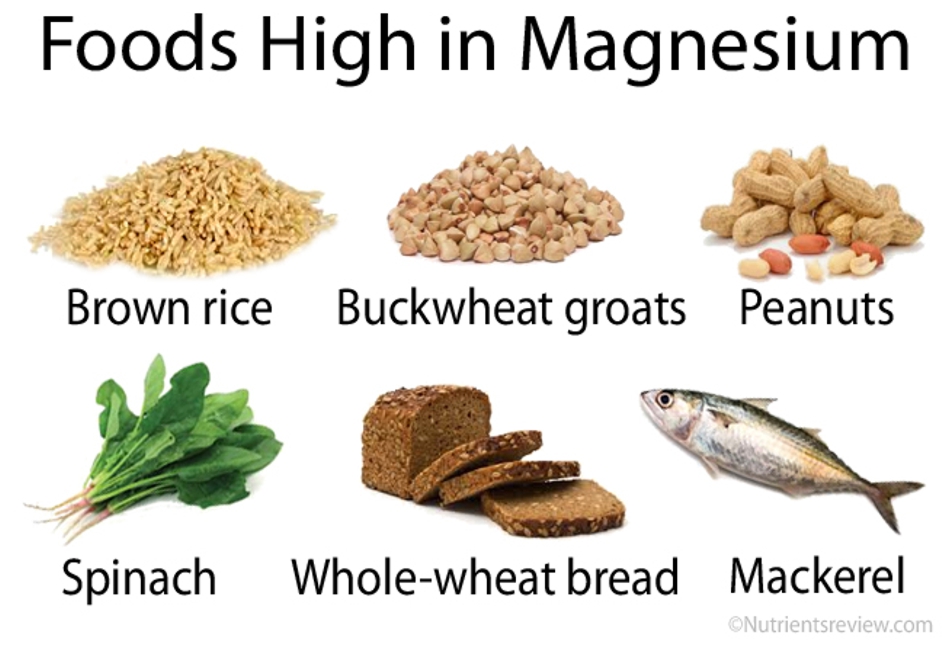ASX Magnesium Stocks
Magnesium is a soft light metal that easily ignites in air and burns with a bright white flame. It is used in flares, steelmaking and electrochemicals, but its main use is as an alloy with aluminium. The resultant alloy is lighter than aluminium and has improved mechanical and fabrication characteristics, for example it is easier to weld.
Magnesium is a soft light metal that easily ignites in air and burns with a bright white flame. It is used in flares, steelmaking and electrochemicals, but its main use is as an alloy with aluminium. The resultant alloy is lighter than aluminium and has improved mechanical and fabrication characteristics, for example it is easier to weld.
Magnesium metal, it is typically dull white due to oxidation
Production in 2019 was about 1.2Mt, mostly from China. Magnesium is produced from seawater, brines and minerals such as magnesite and dolomite. Resources of magnesium from these sources is virtually unlimited, seawater contains 0.15% magnesium – that’s a lot of magnesium.
The magnesium metal market is expected to continue to grow at around 5% CAGR globally. The demand is largely from the auto and aerospace industries. For example, China expects consumption to rise from around 9kg/car to 45kg/car by 2030. China will continue to be by far the largest producer. The Chinese FOB price of magnesium metal is around USD2,500/t.
In addition to the metal, magnesium is an important part of many, widely used compounds. The following are the most important magnesium compounds:
Magnesium carbonate or magnesite -MgCO3: magnesium chloride – MgCl2: magnesium citrate – C6H6MgO7: magnesium hydroxide – Mg(OH)2: magnesium sulphate – MgSO4: and perhaps the most common, magnesium oxide or magnesia – MgO.
There are three common forms of magnesia: fused – used as a refractory and electrical insulator; deadburned – used as a refractory in furnaces and kilns; calcined – used as a feed supplement and in fertilisers and electrical insulation.
Magnesium is essentially for health, it is typically found in high fibre foods, as below.
Image courtesy nutrientreview.com
ASX Stocks
There are only five ASX stocks involved in magnesium and only one, Magontec, is in production, but of alloys not the metal, which it purchases.
| Company | ASX Code | Share Price (c) | Shares on Issue (M) | Market Cap (M) | Project |
| Latrobe Magnesium Ltd | LMG | 2.5 | 1297 | 32 | Primary – Latrobe Valley fly ash |
| Jindalee Resources Ltd | JRL | 51.5 | 39 | 20 | Secondary – Arthur River & Lyons River, TAS |
| Lachlan Star Ltd | LSA | 1.2 | 876 | 11 | Secondary – Princhester, QLD |
| Korab Resources Ltd | KOR | 2 | 332 | 7 | Primary – Winchester, NT
|
| Magontec Ltd | MGL | 1.8 | 1150 | 21 | Makes magnesium alloys in China |
Unlisted QMAG, Queensland Magnesia, has a large deposit of magnesite at Kunwarara, 65km north of Rockhampton. The magnesite is mined and beneficiated then trucked to a facility at Rockhampton for processing into fused, deadburned and caustic calcined magnesia. QMAH is owned by private German refracrory company Refratechnik Group.
Private company, Thessally Resources P/L is seeking to develop the Huandot magnesite deposit located 80km south of Darwin. The company intends to produce caustic calcined magnesia.
Conclusion
The magnesium market is expected to continue its strong growth for the foreseeable future, driven by weight reduction in the auto and aerospace industries. However, ASX exposure is very limited, nonetheless it would be worth keeping an eye on the sector. If, as is so common among junior resource stocks, magnesium becomes flavour of the month, there will be a surge in the price of existing players and new entrants will proliferate.


